- New Zealand
- Things to do in Rotorua
- Te Puia
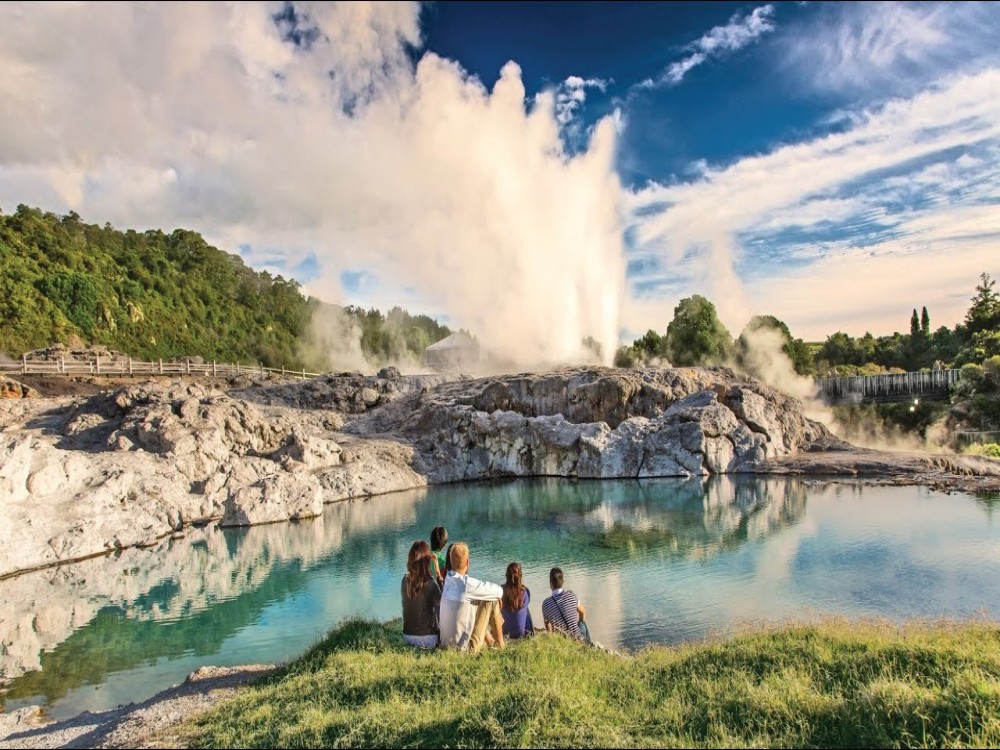
Te Puia
Te Puia is one of Rotorua’s premier cultural and geothermal attractions, offering a unique experience that combines Maori heritage with natural geothermal wonders. Located in the heart of the city, Te Puia is home to the famous Pohutu Geyser, the largest active geyser in the Southern Hemisphere. Visitors can also explore the thermal valley with its boiling mud pools, hot springs, and steaming vents. Additionally, Te Puia provides cultural performances, showcasing traditional Maori songs, dances, and crafts, providing a comprehensive insight into New Zealand’s indigenous culture.
Te Puia Tours & Excursions
The Basics
Te Puia spans over 60 hectares and is a great place to explore both geothermal activity and Maori culture. The park is home to various geysers, including the iconic Pohutu Geyser, which erupts multiple times daily. In addition to the geothermal features, the site includes the New Zealand Maori Arts and Crafts Institute, where you can watch artisans at work, creating intricate wood carvings and weaving. Te Puia also offers a range of guided tours, allowing you to learn more about the cultural significance of the area and its geothermal activity.
Things to Know Before You Go
Te Puia is a popular destination, so expect some crowds, especially during peak tourist seasons (summer and school holidays). The site is mostly outdoors, so wear comfortable shoes and weather-appropriate clothing. You’ll also want to bring sunscreen and water, especially if you’re visiting during the warmer months. If you plan to visit the geysers, note that the eruption times for Pohutu are natural, so they can vary slightly. It’s also wise to book tickets in advance, particularly for the cultural performances, as they can sell out quickly.
How to Get There
Te Puia is located just 10 minutes from Rotorua’s city center, making it an easily accessible attraction. It’s located on Hemo Road, and you can easily reach it by car, taxi, or even by foot if you’re staying nearby. The drive from Rotorua is straightforward, with clear signage guiding visitors to the entrance. If you’re not driving, there are numerous tours that include transportation to Te Puia, providing an informative and hassle-free visit. There are also shuttle buses that run from various locations in Rotorua to the site.

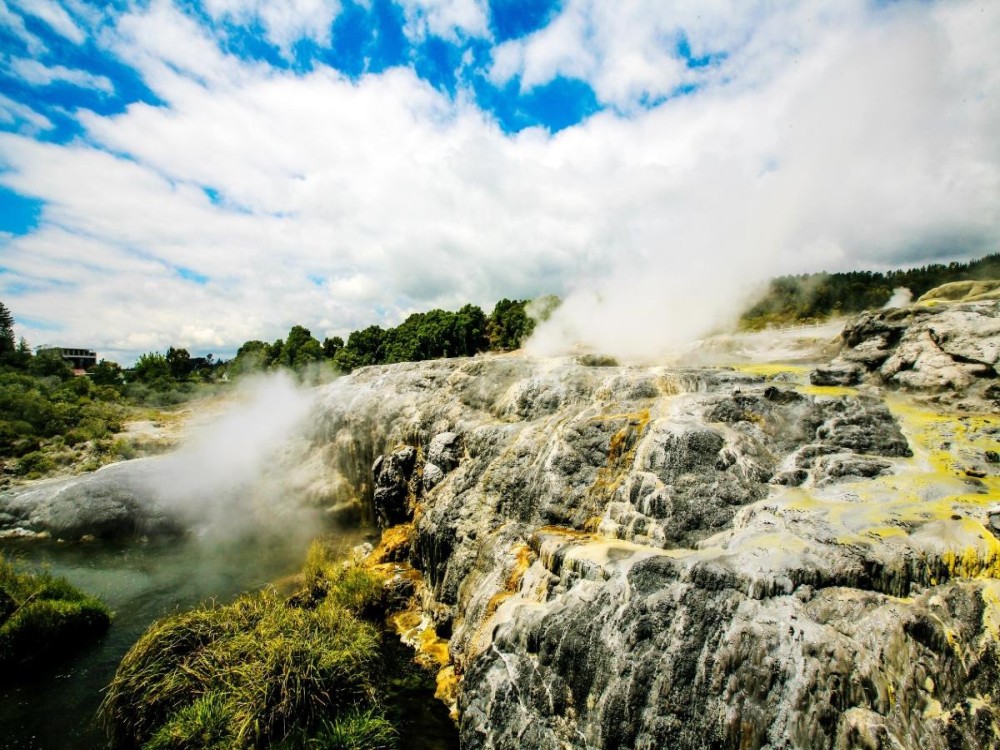
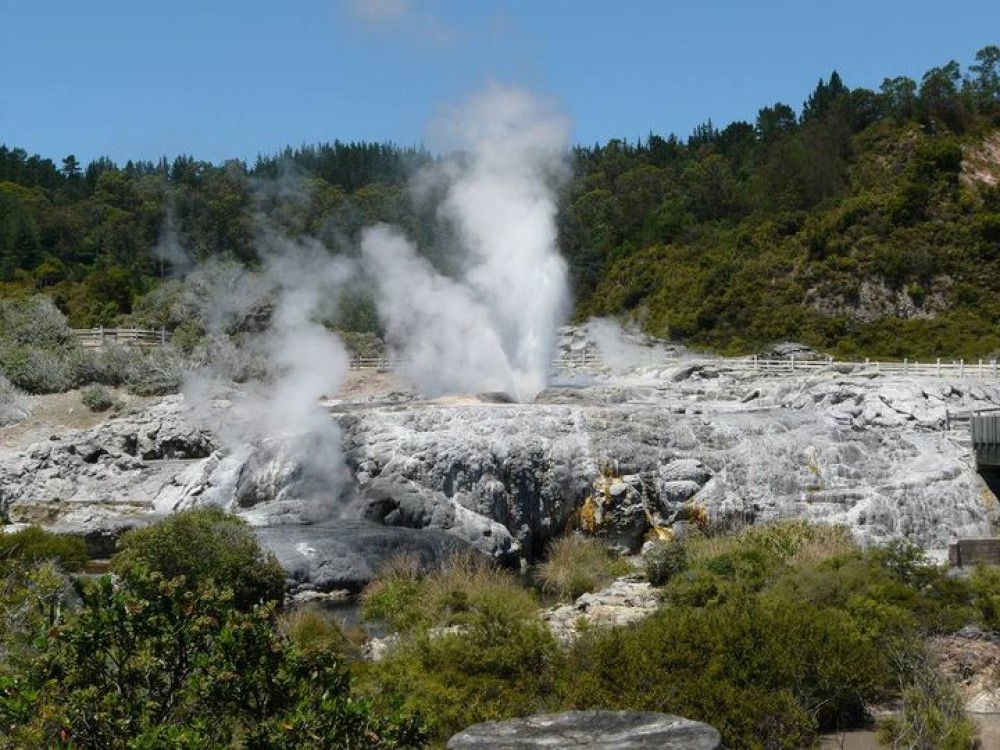
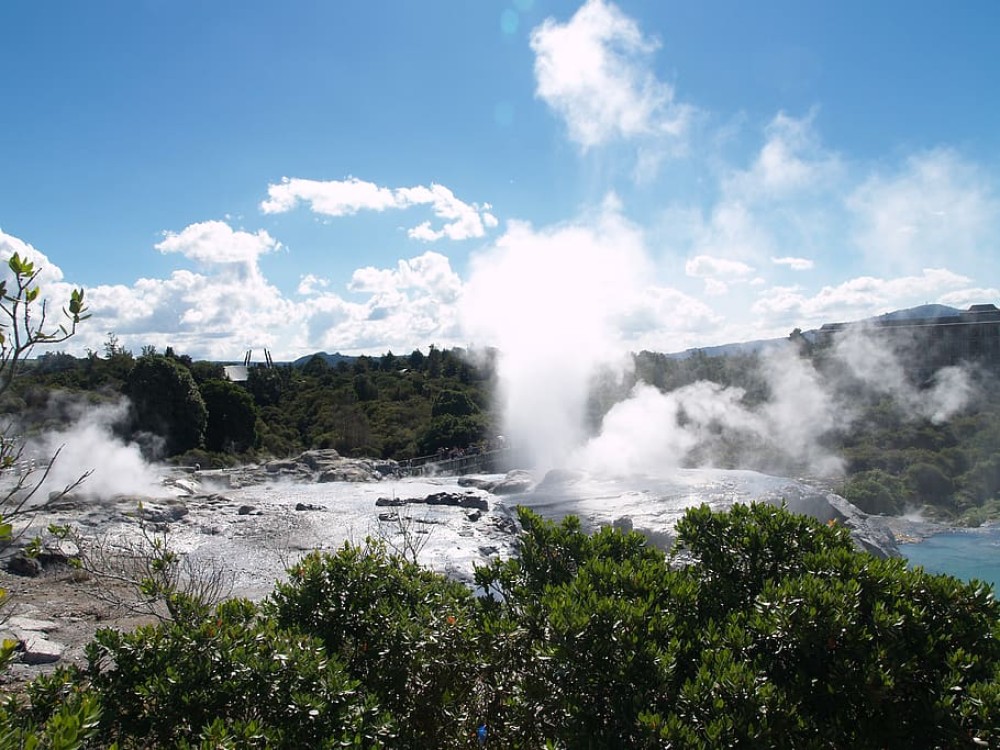
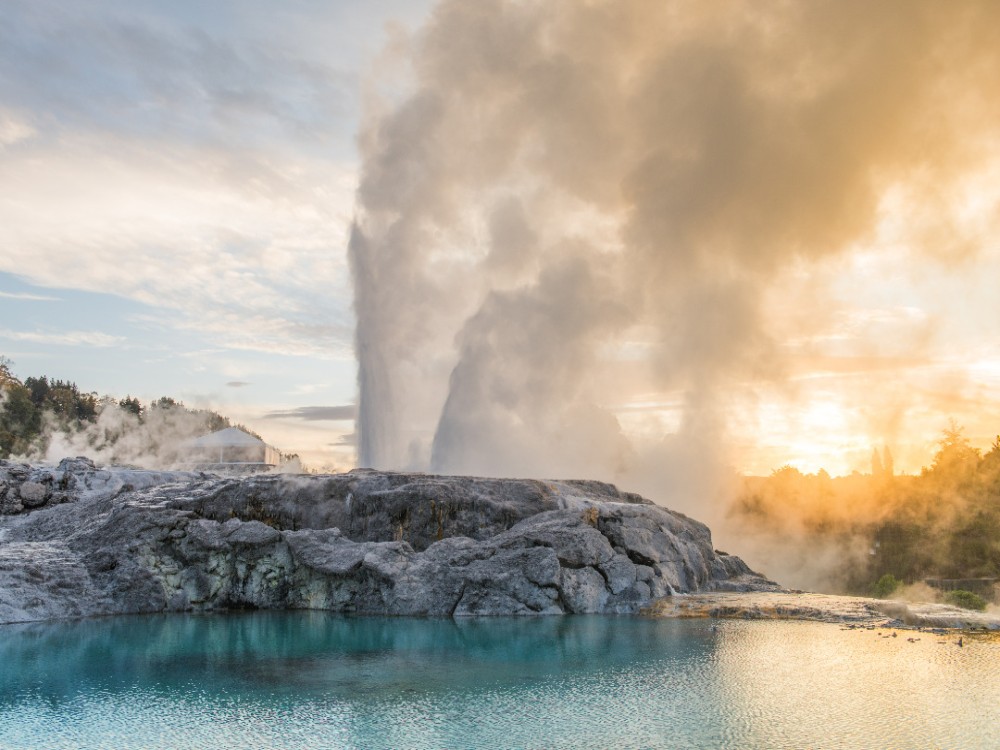
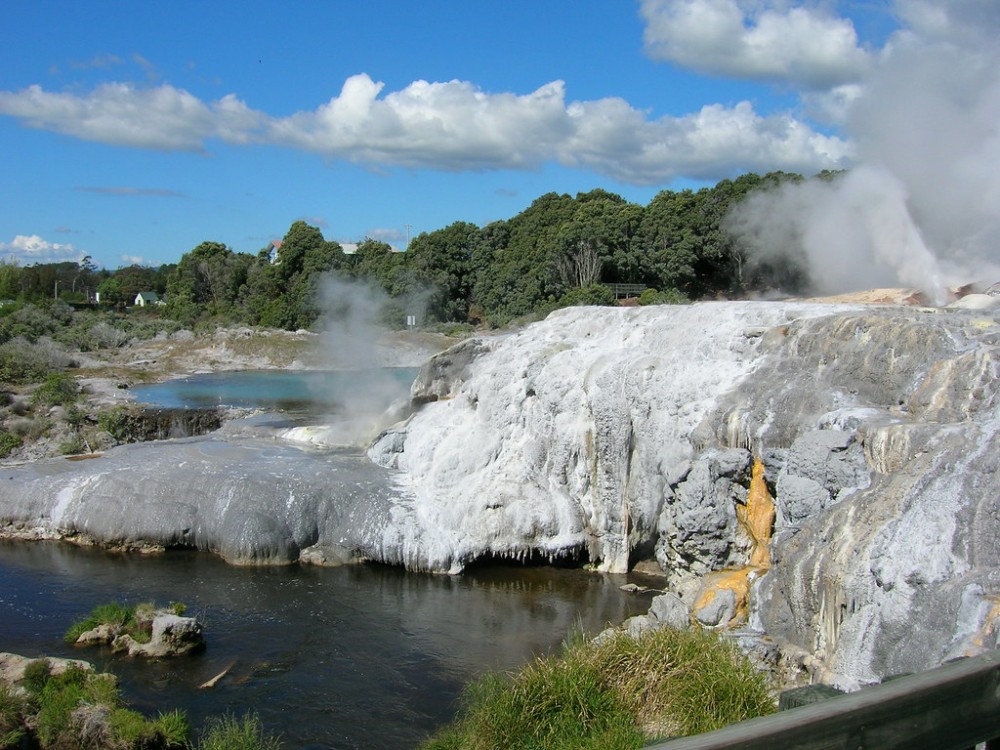
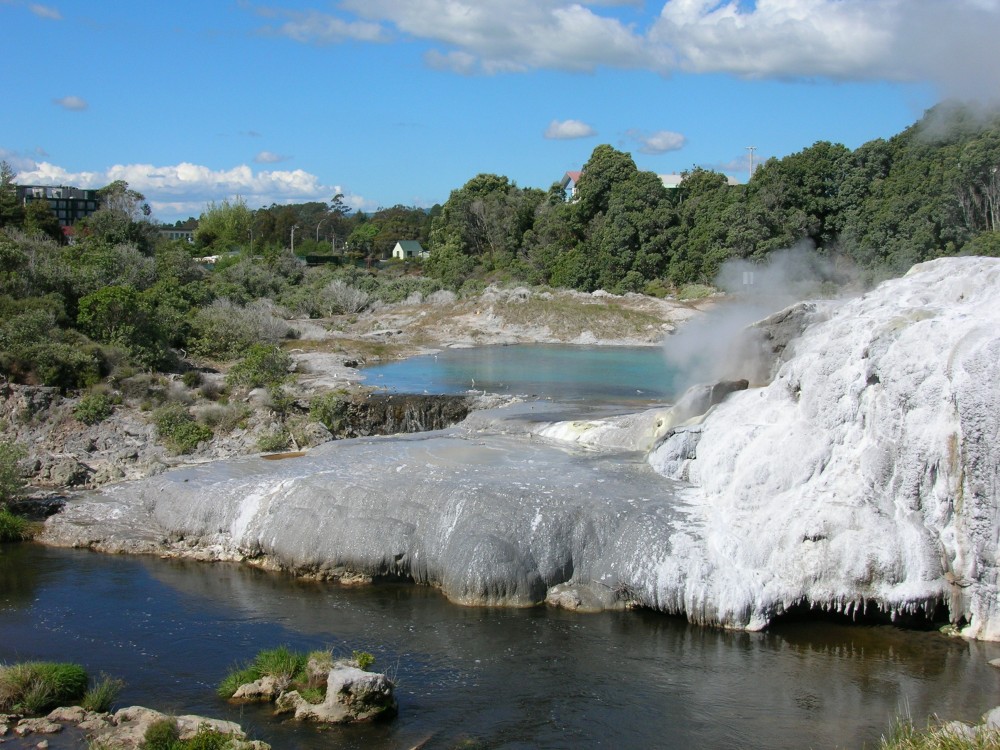
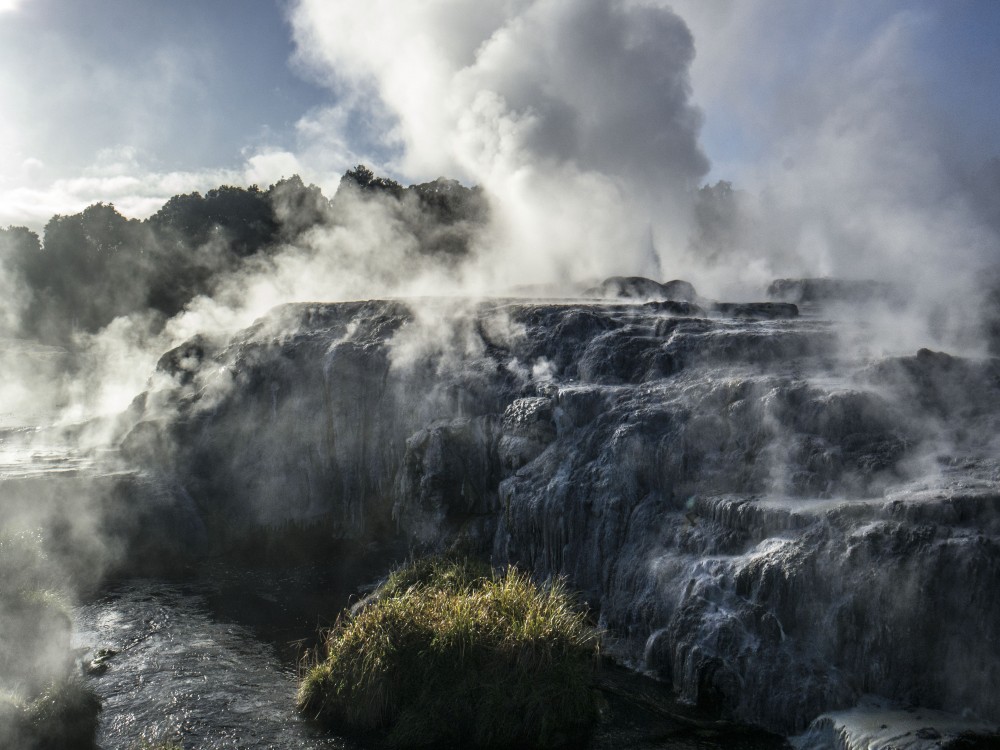
When to Get There
The best time to visit Te Puia is during the daytime, with geyser eruptions typically happening every 30 minutes or so. For those looking to avoid large crowds, early mornings or later afternoons are ideal. Summer (December to February) is the busiest season, so expect more visitors, but also warmer weather. Spring and autumn (September to November, March to May) offer milder temperatures and fewer crowds, making these months a great time for a more relaxed visit. Te Puia is open year-round, so you can experience the geothermal wonders and Maori culture regardless of the season.
Day Trips from Rotorua
Te Puia is perfect for a half-day trip or as part of a full-day itinerary in Rotorua. Located just minutes from the city center, it’s an easy addition to any Rotorua sightseeing plan. After visiting Te Puia, you can explore nearby attractions like the Rotorua Skyline, Whakarewarewa Village, or the Rotorua Lakefront. If you’re a fan of geothermal experiences, you can combine your visit to Te Puia with other nearby geothermal parks such as Wai-O-Tapu or Hell’s Gate. Whether you’re a nature lover or interested in learning about the indigenous Maori culture, Te Puia offers an enriching experience for all types of travelers.
Copyright © 2025 All Rights Reserved


